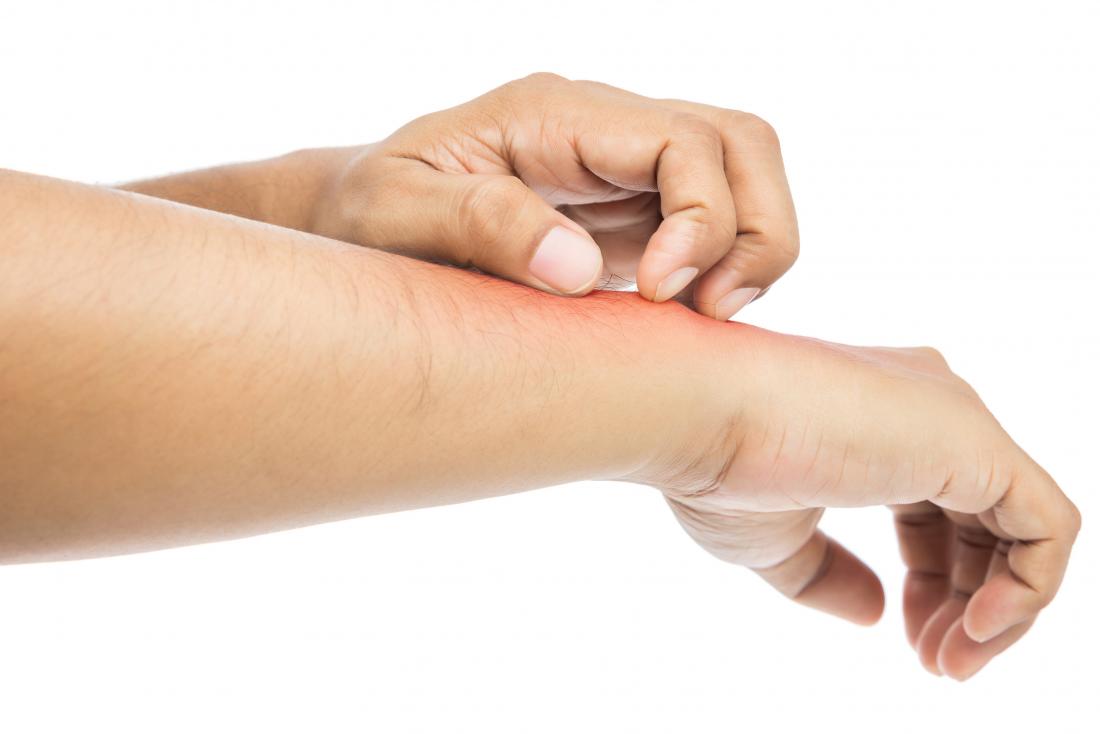The COVID-19 pandemic unknowingly acted as a catalyst for all the industries around the world. One specific sector that has been in the epicenter of this storm but has not effectually altered its ways of offering its services is the healthcare industry.
There are plenty of written papers regarding the impression of digital health and how virtual care has enforced doctors and patients to accept newer approaches of distant consultations such as ‘tele-health’.
A part of healthcare sector expected to have massive change is the payments, The Fintech for Healthtech, is driving this change by offering simplification of payments. Services expenditure in Indian healthcare reached around USD 115 Billion, out of it USD 72 Billion was spent from the pockets. This means it was paid by borrowings or personal savings, these expenses are referred as, Out-of-Pocket Expenditure (OoPE) on healthcare.
Globally, the extent of indebtedness or poverty caused by Out-of-Pocket Expenditure is rising with a projected 808 million people across 133 countries caused a Catastrophic Health Spending. For instance, the Out-of-Pocket Expenditure of USD 72 Billion that Indians paid on Out-of-Pocket Expenditure is twofold the extent of the country’s smartphone market.
By eliminating the resistance in healthcare outflows, we can put the power in the payer hand, in this case the recipient or the patient taking healthcare treatment. There are two parts to this method. First, the foundation of payments infrastructure or technology that permits the consumer for easy payment for their buying and second, is the accessibility of low-cost principal to finance the transaction.
Luckily, with 748 million smartphone users and 5 million, point-of-sale (POS) terminals in India, the first part is taken care of. However, what missing is the second part, the ‘lubricant’ that simplifies any transaction, or more precisely, the availability of friction-free, low-cost, capital to pay any kind of healthcare expenses.
In the US & Israel payment methods such as PayZen for instance, implement AI and Data to create customized patient payment options that merged with the revenue cycle systems of a hospital, which helps to simplify and to streamline healthcare payments for patients across the healthcare journey.
The burden of healthcare expense have dropped more than five crore Indians below the poverty line, that too before the occurrence of COVID-19 pandemic, makes this area of extreme urgency. With the transformation in payment methods, millions of Indian households that are underinsured or uninsured will get benefited.
India specifically can lead the way for such technology, with its large smartphone users and higher number of private healthcare providers. We predict that in five years, paying for healthcare will be seamless, instant, and with the availability of credit.




